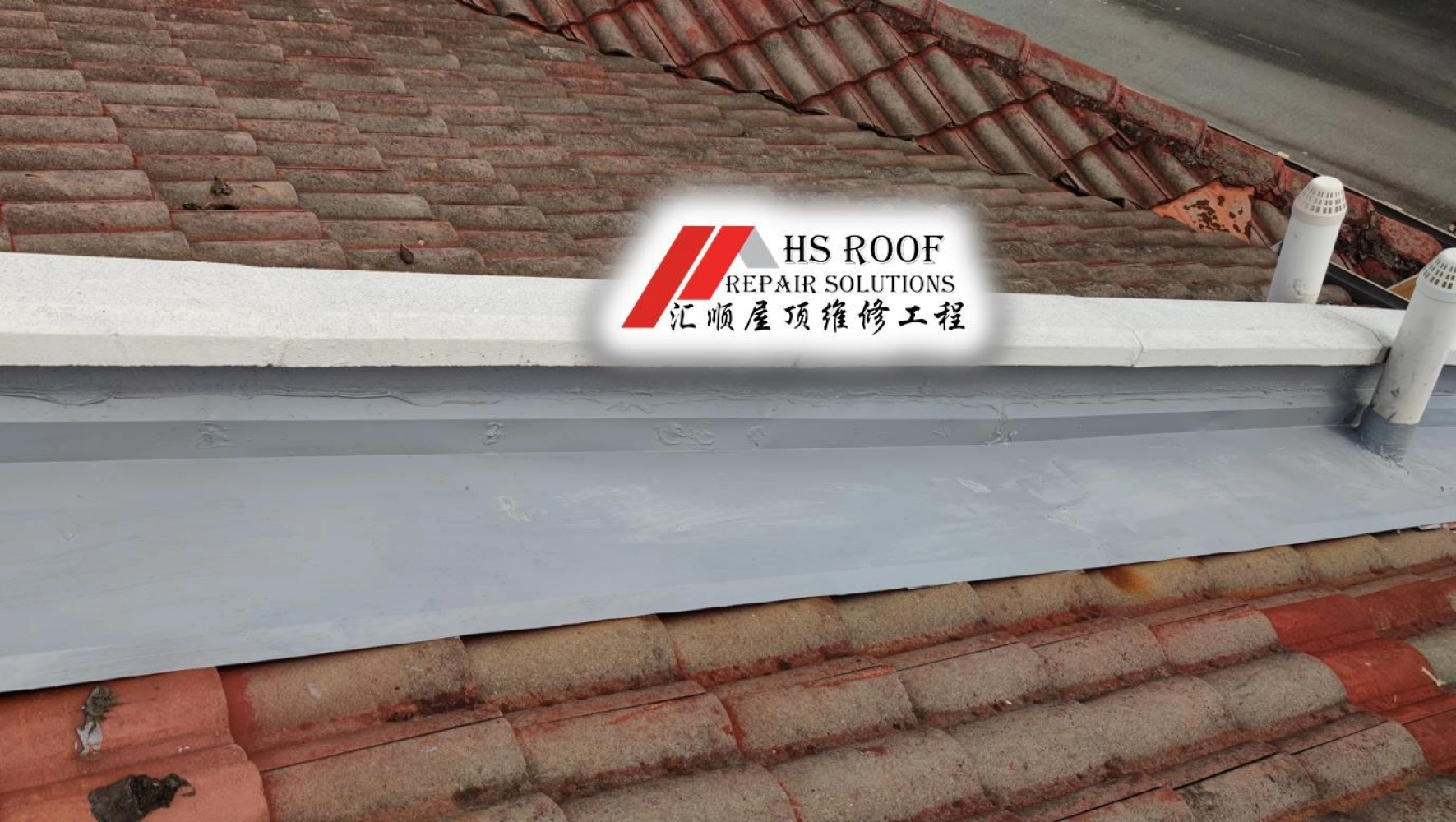1. Locate the Problem: Identify the areas of damaged or deteriorated flashing. Look for cracks, gaps, rust, or any signs of wear and tear.
2. Remove Old Flashing (if necessary): Use a pry bar to carefully remove any damaged or deteriorated flashing. Be gentle to avoid damaging the surrounding roofing material. If the flashing is severely corroded, it's best to replace it entirely.
3. Clean the Area: Use a wire brush to clean the area where the old flashing was removed. Remove any loose debris, dirt, or old roofing cement.
4. Apply Roofing Cement: Apply a layer of roofing cement or flashing sealant over the cleaned area where the flashing was removed or damaged. Make sure to cover the entire area evenly.
5. Install New Flashing (if necessary): If the old flashing is beyond repair, cut a new piece of flashing material to fit the area. Slide it under the existing roofing material and over the area where you applied the roofing cement. Secure it in place with roofing nails or screws.
6. Seal the Edges: Apply more roofing cement or flashing sealant over the edges of the new or existing flashing to create a watertight seal. Use a putty knife to smooth and shape the sealant, ensuring it covers the flashing and surrounding roofing material.
7. Inspect and Test: Allow the repair to dry and cure to ensure there are no leaks.
8. Additional Protection: For added protection and longevity, we apply a layer of roofing tar or asphalt cement over the repaired area once the initial sealant has cured.
9. Clean Up: Dispose of any old flashing and debris properly.
Regular maintenance and inspections of your roof's flashing are essential to catch and repair issues before they become more significant problems.
Pertanyaan - Waterproofing Roof Flashing









